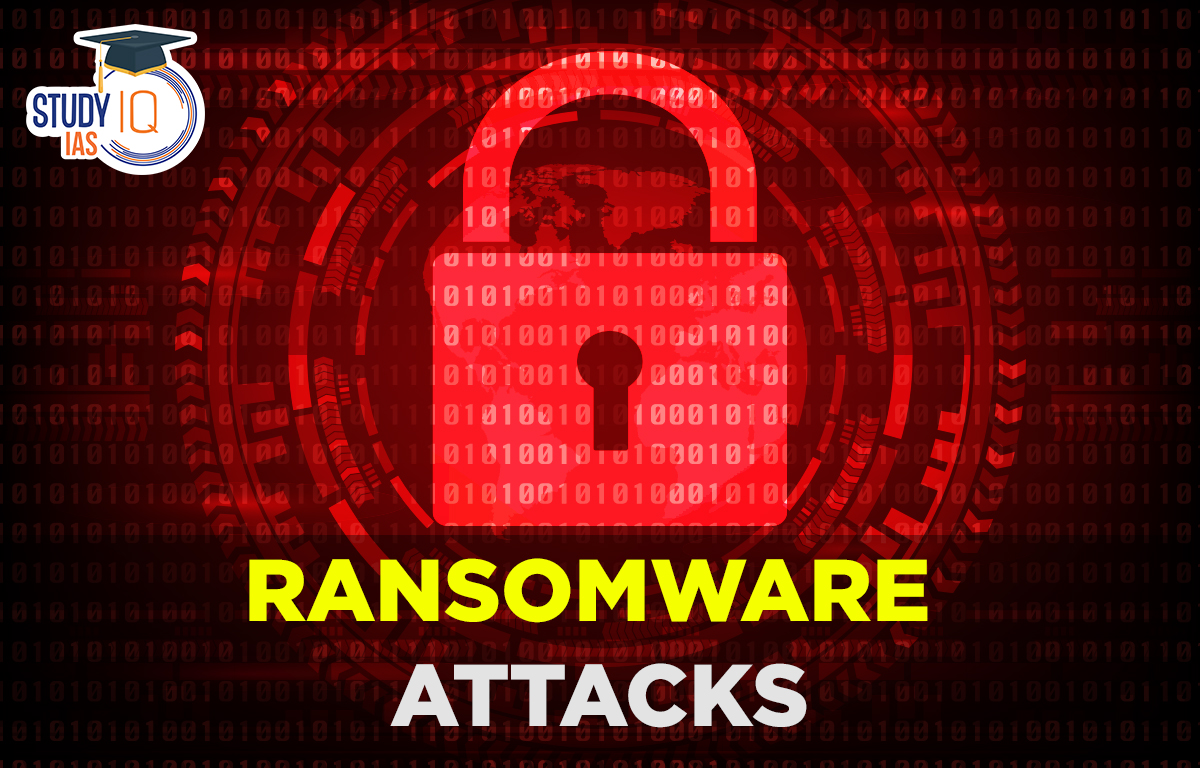Table of Contents
Recent Ransomware Attacks 2022 Latest News
Recent Ransomware Attack came to light when staff were unable to log in into the eHospital application, an end-to-end tool that manages appointments, stores medical records and hosts reports from diagnostic tests carried out at the hospital.
Initial reports have indicated indicated that at least five of the AIIMS’ servers that hosted data related to more than three crore patients were compromised.
Ransomware Attacks in India
Similar attacks were carried out on Spicejet, while Public Sector Undertaking Oil India was targeted on April 10.
According to Interpol’s first-ever Global Crime Trend report, ransomware was the second highest-ranking threat after money laundering, at 66%.
CERT-In in its India Ransomware Report 2022 stated that there was a 51-percent increase in the number of ransomware attacks across multiple sectors including critical infrastructure.
What is Ransomware?
Ransomware Attack is a type of malicious software that can infect a computer system by blocking access to the stored data by encrypting the files.
- The perpetrator then demands ransom from the owner in exchange for the decryption key.
Modus operadi: The malicious software (virus) may have been injected remotely by tricking the user into downloading it upon clicking an relatively safe-looking web link sent via email or other means.
- The virus may have then spread throughout the network by exploiting existing vulnerabilities.
Dealing with Cyber-Attacks in India
Indian Computer Emergency Response Team (CERT-In) is the national nodal agency responsible for collecting, analysing and circulating inputs on cyber-attacks.
The National Cyber Security Coordinator has to coordinate with different agencies at the national level on cybersecurity issues.
The National Critical Information Infrastructure Protection Centre has exclusive mandate for the protection of national critical information infrastructure.
The government has launched Cyber Swachhta Kendra (Botnet Cleaning and Malware Analysis Centre) for detection of malicious software programmes and to provide free tools to remove the same.
Best Measures to Protect Against Cyberattacks
Backup Creation: Offile data backups have to be created regularly, which should cover the entire organisation’s data infrastructure.
Account Protection: All acounts should be protected with strong passwords. There should be multi-factor authentication for all services.
Firewall: A host-based firewall should be installed to allow limited set of connections to administrative shares from administrator machines.
Remote Desktop Facility Restriction: Efforts must be made to disable remote desktop connections. There should be limited privileged accounts for remote desktop usage.
Anti-virus: Anti-virus software should be used across all the systems and they must be regularly updated.
Promote Employee Awareness: Employees must be trained to not open attachments or URL links in unsolicited e-mails and use secure web browsers, etc.
CERT-In
Computer Emergency Response Team – India comes under the aegis of the Ministry of Electronics and Information Technology.
The function of the organisation is to provide Incident Prevention and Response Services as well as Security Quality Management Services.
It is responsible for collecting, analysing and disseminating information on cyber incidents, and also issues alert on cybersecurity incidents.


 Daily Quiz 05 July 2025
Daily Quiz 05 July 2025
 SSC MTS Apply Online for 1075 Posts – ...
SSC MTS Apply Online for 1075 Posts – ...
 Dynamic Pricing: What It Is and Why It's...
Dynamic Pricing: What It Is and Why It's...





















